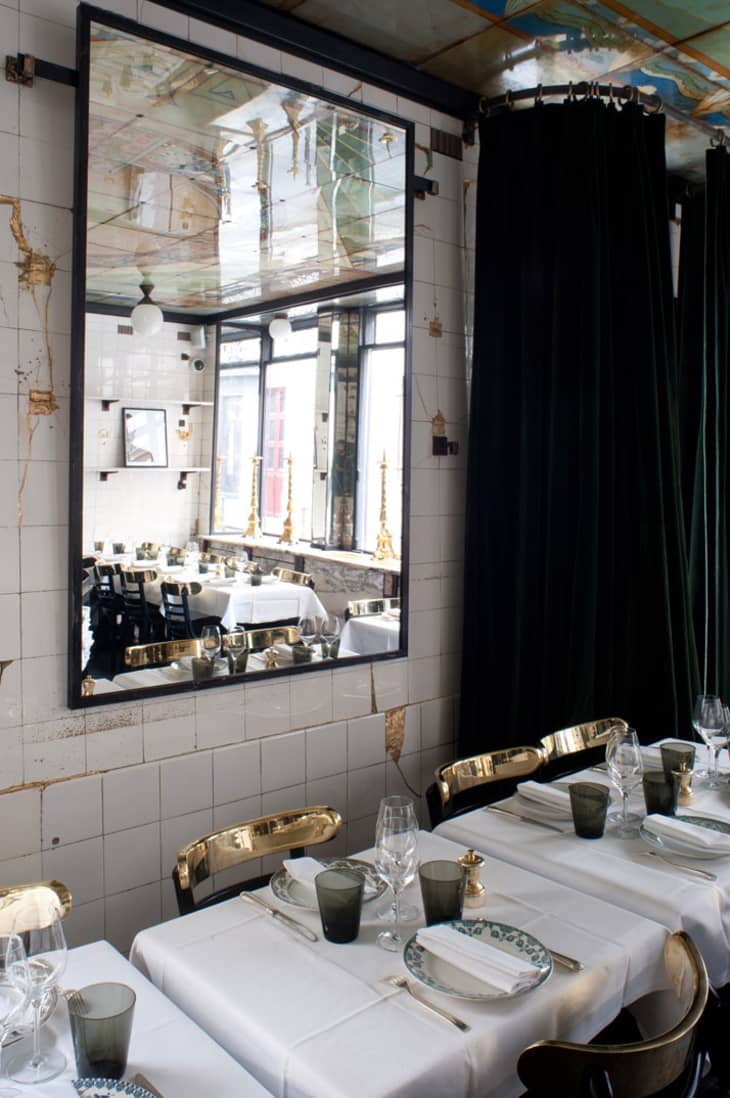Broken is Beautiful: The Japanese Tradition That Makes Broken Things Even Better than Brand New

It is a fact of life that buildings, as they age, inevitably fall apart. We Americans are not quite comfortable with this. We like everything to be shiny and new: we like all our buildings and our interior finishes to have the smooth sameness of youth. But the Japanese have developed a way of dealing with this. They have, in fact, embraced the idea that sometimes fixing broken things can make them even better and more beautiful than when they were new.
In the Japanese tradition of kintsugi, broken things are repaired with gold (or silver) joinery, so that the repaired object is even lovelier than the original — and the breakage and repair becomes an important part of the object’s history, rather than something to disguise. The idea that adversity could make something (or someone) more beautiful, and that old things have a history that makes them rich and valuable, is a lovely and deeply comforting one. But aside from the philosophical implications, this notion, when applied to buildings, also produces some really unusual, and really eye-catching, details.
Up top and above: At the Anahi restaurant in Paris, spotted on Yatzer, copper leaf fills cracks in the tile, turning something that could have been an eyesore into a lovely and unexpected design detail.
In this image from Chris Liljenberg Halstrøm, a cracked floorboard, filled with hexagonal shaped pieces of wood turned on end, becomes an eyecatching design detail.
In this example from 1508 London, gold fills a crack in a concrete slab, turning what could be thought of as an imperfection into a beautiful and arresting landscape in miniature.